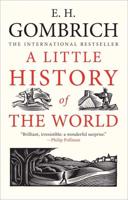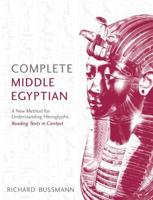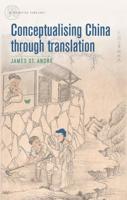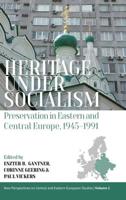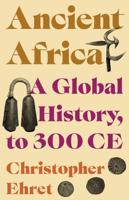Publisher's Synopsis
Between August 1947 and January of 1948, a sudden and unforeseen mass migration occurred between the newly created states of Pakistan and India. This was the largest short-term human migration in history. Such was the upheaval that very little reliable demographic information was collected at the time. Retrospective attempts to measure the effects, at best comparing Census material from 1951 that cannot be calibrated properly against what went before, have been unsatisfactory until this study. To recover demographic information, the authors of this text designed a genealogical approach to measuring some of the demographic effects of this reorganization of population in Punjab state, which underwent the most violent division in 1947. Based on recall of relatives, a sample of 5000 Punjabis with birth and death rates resulted in interviews with 100 informants. A variety of analyses and adjustments of the data allowed a number of conclusions to be drawn and compared with the little information that had existed before this study.


